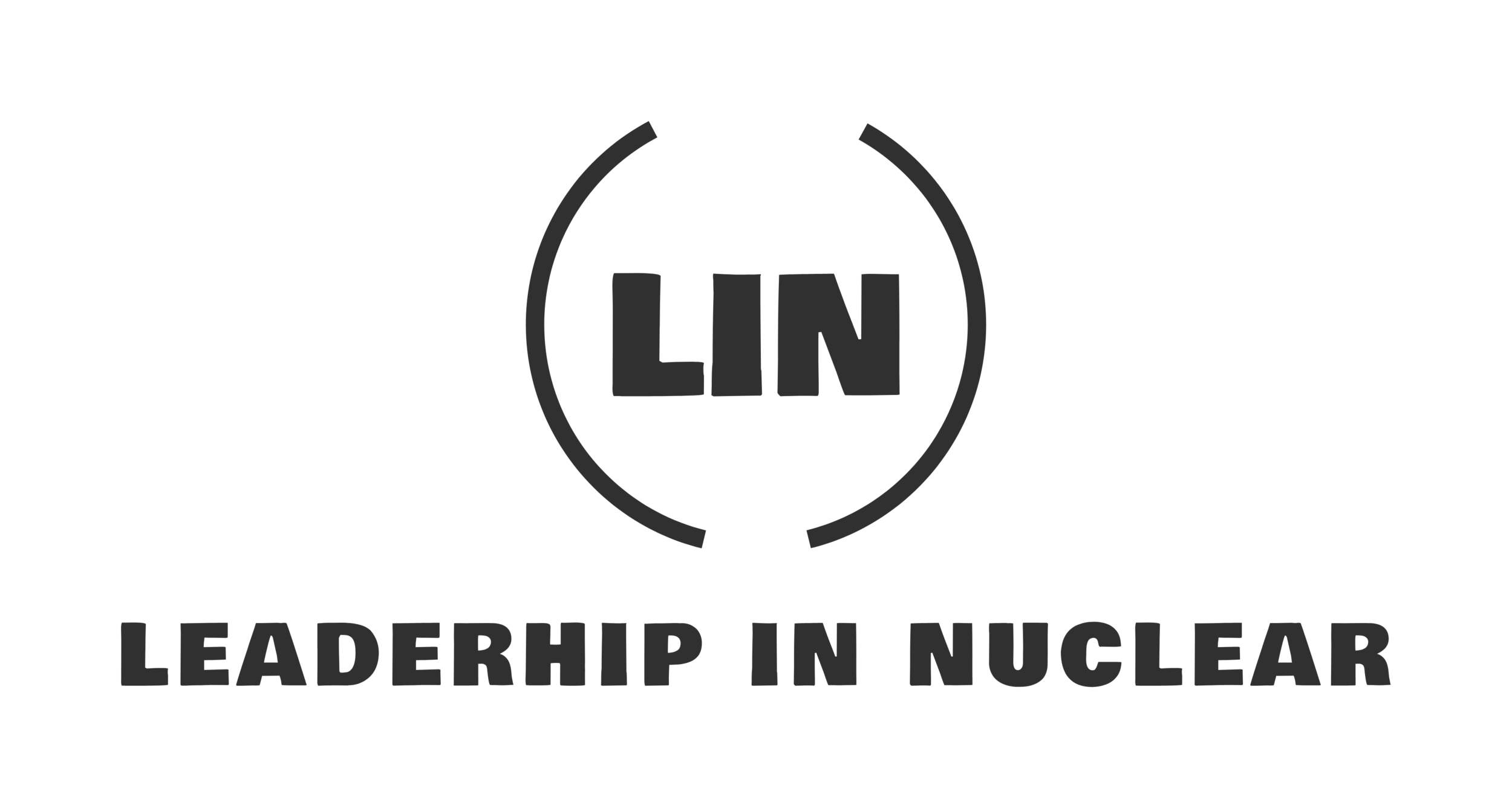Empower Your Employees And Harvest The Success
When you work in a safety-related industry such as nuclear, the focus is mostly to prevent errors from occurring. Therefore, the mindset is on identifying faults to fix and prevent them from happening again.
When that is your primary target, people will develop a tendency to take a step back because they don´t want to be the cause of a potential problem. They will do as told with degrading accountability as a consequence.
The worst-case scenario is when your staff follows orders, even though they know it´s wrong.
The truth is that fault-finding will never drive your company to excellence.
This way of leading originates from the times when work was much more physical and when the leader-follower principle was the best way to accomplish results.
The leader-follower principle was then showing to be effective over time, and that is the reason why it is hard to change it.
Empower your people
How can you then change this cultural way of leading? Well, first of all, you have to start from the top and replace the current leadership. Then you should give power away by delegating more to others. When you empower your people, they will take responsibility and be accountable.
You have to show them that you care and that you are there for them. When you care for your people, they will care for you.
Too many CEOs focus on quarterly targets and communicate that growth, customer service, economic marks, etc. are the company’s most important goals. Instead, they should demonstrate that their people, together with the objectives, are equally important.
The leader cannot demand loyalty from the people unless the leader shows dedication towards the people.
Search for good together with fault-finding. Your focus should, however, be on finding proactive, positive behaviors, because that will eventually lead to fewer errors or mistakes.
A fascinating book on how to empower your people is the book Turn the ship around. It is about the Captain David Marquet, who successfully transformed the USS Santa Fe in less than a year, from the worst-performing submarine in its fleet to the best.
Instead of asking your boss what to do, you should rather say “I intend to…” followed by the reasons why. Just by changing the vocabulary and the way the crew looked upon themselves, he inspired them to improve their average behavior and performance into excellence.
When you think of yourself as being the best, you will perform accordingly.
Set a compelling vision that is on fire.
People want to be part of something larger than themselves. That is when the real intrinsic motivation occurs. When you discover your “Why” you will be inspired and able to give your best every day without ever being tired or bored. Are you laying bricks, or are you building a cathedral?
To give people meaning is one of the most positive leverages-building things you can do as a leader in an organization. Many of the greatest leaders talk about the importance of “Why”. Watch Simon Sinek - Start with Why - TED Talk on YouTube, and you will understand what I mean.
Another remarkable book that you can read is “A man’s search for meaning” by Victor Frankl. In the book, he explains how important it is to have a purpose and meaning even though you are at rock bottom, speaking from his own experience at the concentration camp Auschwitz during World war 2.
Leaders that think they can demand intrinsic motivation and better performance are wrong. There have been many studies on the subject, and you can read the book “Drive” by Daniel Pink if you would like to learn more.
Bonus driven targets often support the leader-follower principle and reinforce the “everyone for themselves” thinking. People start protecting their knowledge, and they want more from others instead of doing and sharing more.
Challenge each member of your team to commit to excellence, both personally and professionally. Ask the question: How will we build our success, and what will be measured?
Inspire your team to be unique and demonstrate their remarkable character of strength.
Trust is the foundation of leadership.
Trust your co-workers. Get rid of all top-down micromanaging systems that might suggest that you don´t trust the department heads. Instead, communicate what they are responsible for and let them recommend their indicators and for what you can hold them accountable.
Remember that openness and trust goes hand in hand. If you are transparent and open, your co-workers will be the same. The organization’s ability to solve complex problems is in direct proportion to the level of trust.
In the leader-leader culture, people take ownership and acts in the best interest of the company. Continuously improvement and the strive for excellence is manifested daily, and the outstanding performance leads to a fantastic result.
